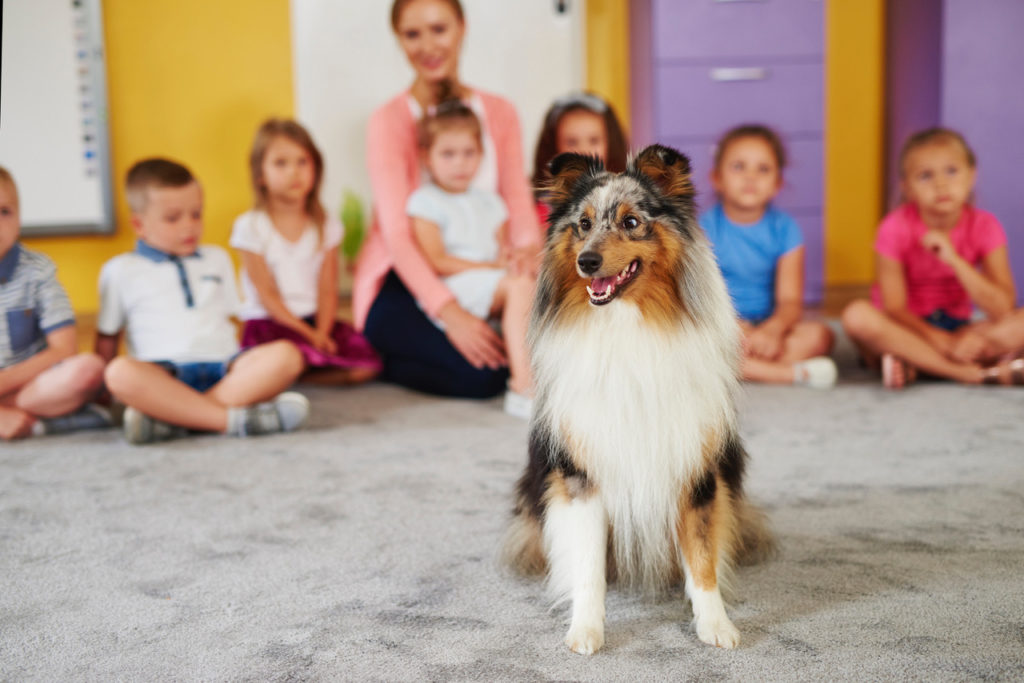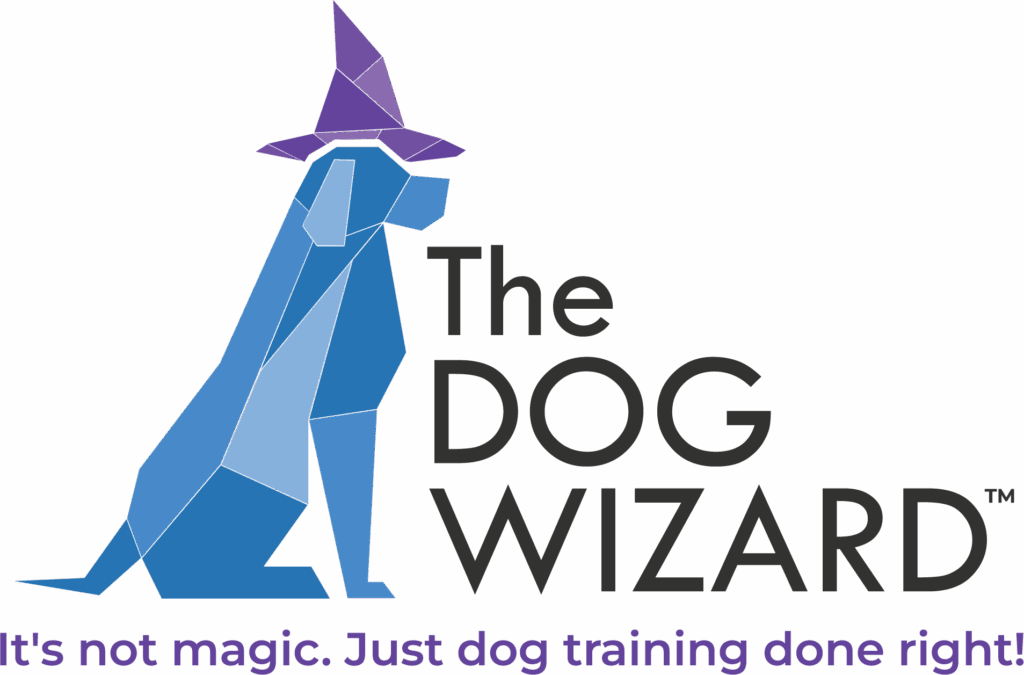Part 2: The Puppy’s New Home: 8 to 16 weeks

Hopefully you read Part 1 of this series that dove deep into what happens during the socialization process from birth to 8 weeks. If not, click here to read Part 1, because it will make Part 2 make more sense.
Now that you have a basic understanding about how a puppy experiences socialization in the first weeks of life, it will be easier to comprehend what happens in the next phases of the process. Unless you are also the breeder, you can only control the socialization once you pick up your pup (hopefully not earlier than 8 weeks). Once the puppy becomes yours, your job is to properly introduce your puppy to the world. To be more specific, introducing your puppy to different people, places, things, and animals. It is important to understand that just introducing your pup to these things is not the goal. If dog trainers got a nickel for every time they heard the following — “we just don’t understand, we socialized him well….we took him everywhere as a pup and had tons of people pet him”. The point is not just to introduce your puppy to these people and things, the point is to assure he is having POSITIVE experiences during these introductions and interactions.
A perfectly socialized puppy has had as many positive experiences as possible (at a comfortable pace) when introducing them to new concepts. If this is properly done, when your dog grows up he will not be not nervous to meet new people, anxious when in a new place, freak out when the vacuum turns on, and will be socially comfortable with strange dogs. You may not be able to fully appreciate the ability of a dog to be comfortable in all these situations unless you have experienced a dog that was not. Many owners in our puppy class come strictly to prevent what happened with their last dog. Unfortunately, some people that think puppy classes are only for bad puppies, but in fact puppy classes are for ALL puppies —to prevent behavioral problems from forming in the first place. It is a lot easier to prevent something from happening verses correcting it once it has occurred.
A good example of the importance of proper socialization is to compare a dog who is comfortable with children versus one that is not. For the dog who is comfortable, during the imprinting stage (8 weeks – 16 weeks), the handler made sure the following steps were taken when introducing the pup to children. We consider this a near perfect process:
STEPS:
- First exposure to kids was in a calm environment with the children walking by but not engaging the pup at all (even with eye contact). Even just watching them from a distance in a park.
- Repeat this step for several outings. Once body language is comfortable, you can move to the next step. There is nothing wrong with staying at this step for as long as necessary. These are still positive experiences; touch does not have to happen to continue to experience positive experiences with children.
- Using a loose leash, allow the puppy to approach calm children. Allow the puppy to approach or not approach. Never force a puppy to interact.
- If the pup willingly approaches, allow the pup to investigate the kids first, meaning the pup can sniff them, but the kids cannot touch the pup. Allow the pup to investigate as long as he likes. Do not allow the kids to pet at this point.
- If all body language looks good, then the child can offer the pup a high-value treat. A treat is not required to have a positive experience. Calmness and not invading the pup’s space is more important than the treat. The treat should be a bonus prize.
- Again, if all body language looks good, then allow the child to pet the pup calmly.
- Next, ask the child to calmly walk away.
- We want the puppy to look at children as predictable until they get more comfortable with them and soon learn they do act louder and differently than adults.
- As the positive experiences mount up, starting at a distance, the handler will allow the children to be more and more rambunctious and unpredictable, offer high-value treats from the handler and then move on.
On the flip side, let’s examine how and why a dog might become uncomfortable and even aggressive toward children. It is easier to understand the reasoning behind a dog being aggressive toward a child when something negative occurred, such as a child hitting a dog with a stick. With little exposure to children in general, dogs can generalize a negative experience to children and not just this one child who was hitting them. This concept seems logical as to why the dog may be aggressive to children knowing the history of being beat with a stick. But a more misunderstood and MUCH more common cause of aggression toward children is due to more subtle interactions with children. This could be something as small as a toddler continually pulling a puppies fur, causing the puppy to begin to dread a child coming near them. Or an owner putting a new puppy in overwhelming situations with children like taking him to a park and being swarmed with 10 kids all at once as their first interaction. These owners will almost always say, “we just don’t get it, a child has never been mean to our dog…and we had tons of kids pet him as a puppy.” Ching, nickel please :).
To totally understand proper socialization one must completely get that just because you think your puppy is having a positive experience doesn’t mean they are. Again, it doesn’t mean the kids in the example above petting the pup at the park did anything wrong. The pup just wasn’t ready for this step. He was not allowed to go at his pace, resulting in negative experiences with children. If that owner continues to go back to the park and the puppy is displaying all the signals of being uncomfortable that continue to get ignored, then children begin to represent something negative to the puppy (soon to be an adult dog). So, the socialization process for this dog looked something similar to this:
- Owner saw a group of kids playing. He makes a beeline over to them and asks them to pet his puppy.
- The puppy could have been cowering, lip licking, stress yawning, dilated pupils, and other signals that they were uncomfortable, but the owner thought because the kids were “nice” this was creating a positive experience.
- This goes on and on, and even if high-value treats are given, this doesn’t mean the treat is overcoming their discomfort. Sometimes we hear owners say, “he would never take treats from kids, only us”. That is a crystal-clear signal that your pup was overwhelmed.
- Adding on the negativity would be a kid picking up a pup who is screaming at the top of his body language, “I am uncomfortable” which continually gets ignored. This is why small breeds become more susceptible to negative associations and aggression toward kids because the first thing kids want to do is pick them up. The uneducated owner genuinely thinks this is fine because the kids are “nice” and doing nothing wrong.
- Generally, this continues until the puppy gets older and more confident and soon growling and snapping will start…and to the owner this will feel like this happened “out of the blue”, ching, another nickel please:).
We certainly don’t want to come across implying that if your pup has a negative experience, he or she is doomed. The point is to have so many positive experiences that when a negative experience happens (not if it happens, but when), they far outweigh the negative — so the pup chalks the negative experience up to “not the norm”. A similar analogy would be if a new restaurant opened in your neighborhood. The first time you go, you have a great experience. You go again and again, and every time you go the experience is great. You are now expecting to have a great experience when you go, and you have no problem recommending it to your friends. Then one time out of the blue, you have bad food or a bad server. Chances are you will not ignore all the positive experiences you had and never go back. You will chalk it up as a one-time experience, go back and more than likely you will go right back into banking more positive experiences. Although we only discussed the children example with socialization, you can substitute anything in place of children and follow the same socialization steps and be successful.
One of the only positives we got out of COVID-19 was getting to experience how the social distancing parameters made socialization so much easier in many ways. It is far more important to expose your puppy and continue to create positive experiences before needing anyone to interact with your pup. The social distancing climate actually made things easier to create space and allow your puppy to dictate the pace of the relationship. Nothing is more tempting for a stranger to rush over than a cute puppy, but since social distancing doesn’t allow it, it just made it easier on you and your pup!
Our next part of this blog series will discuss what to do if you missed this critical stage of socialization, so stay tuned for Part 3.











